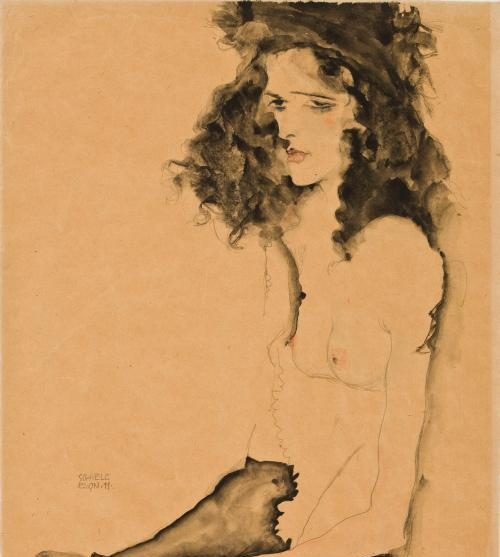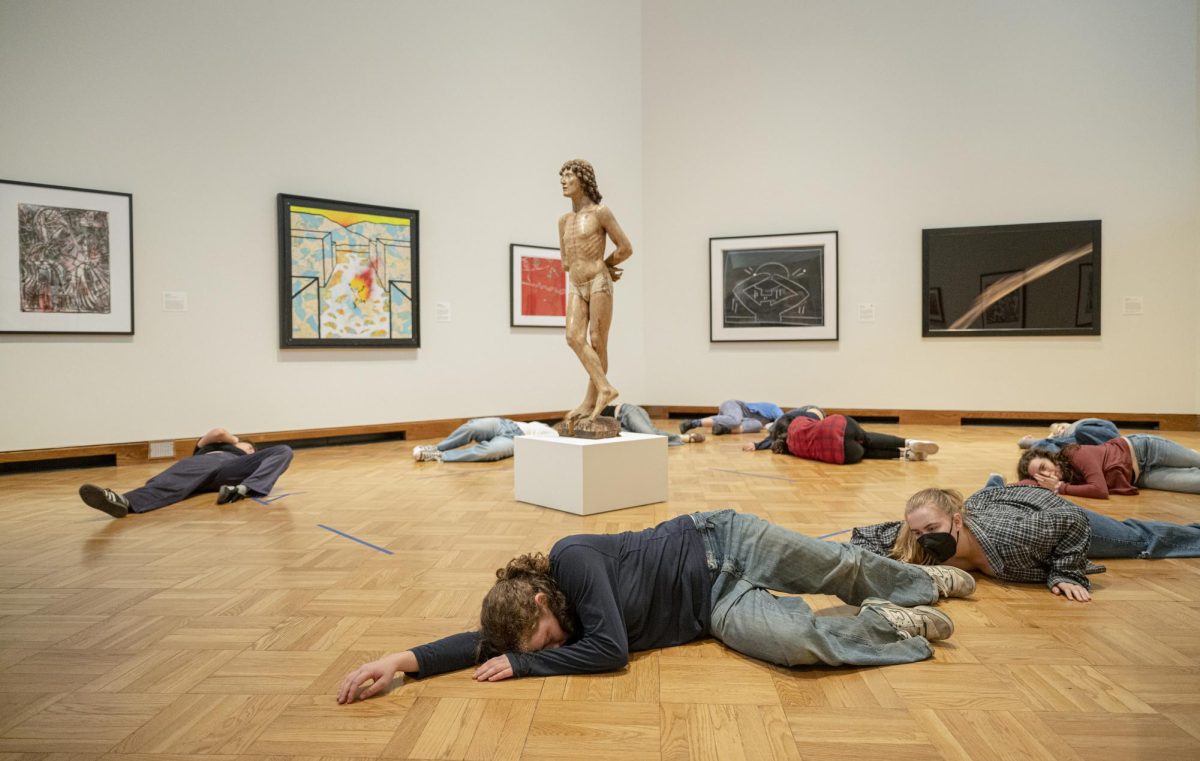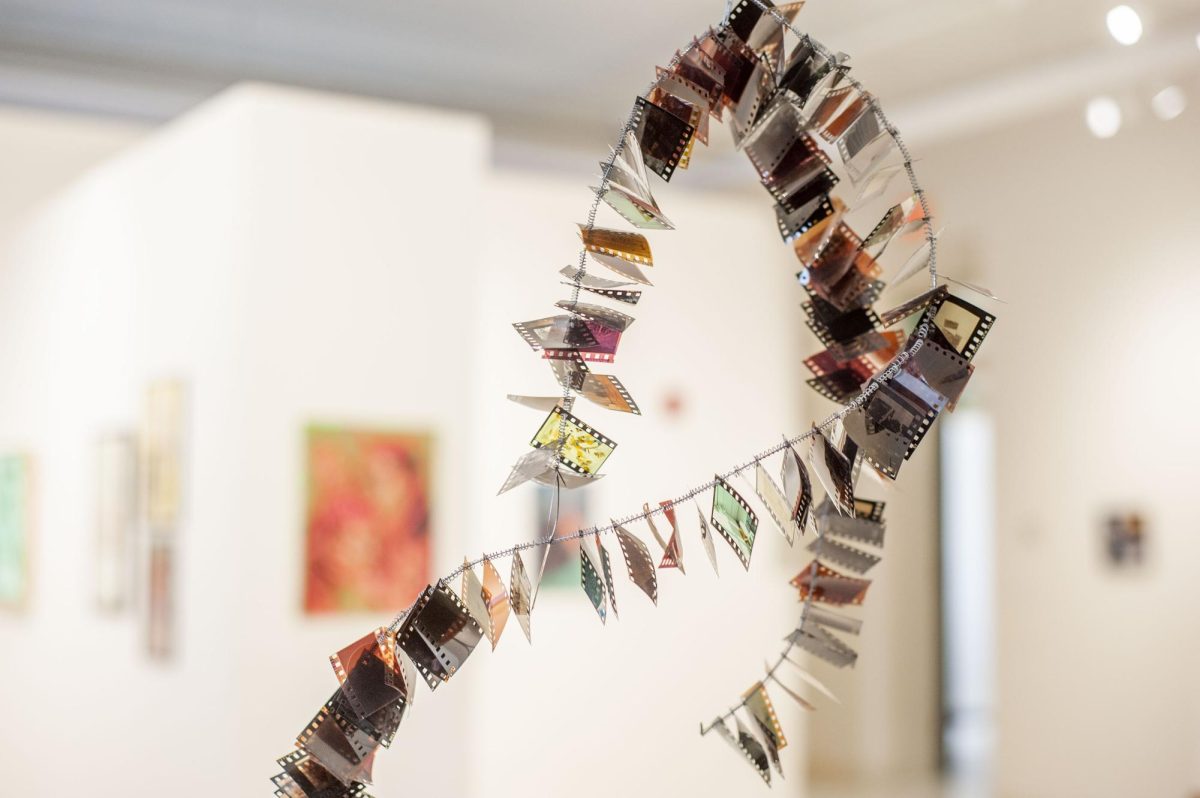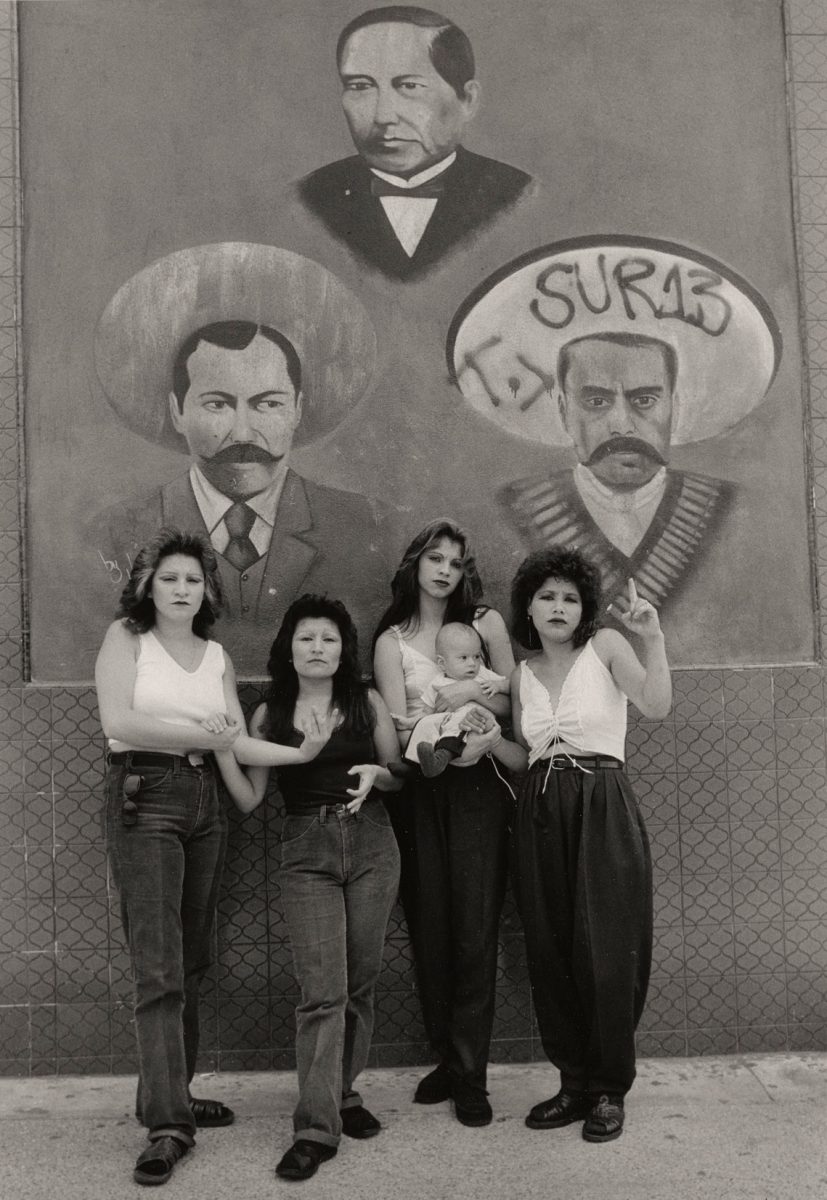On September 13, New York investigators seized pieces by Egon Schiele from three out-of-state museums. The pieces were “Russian War Prisoner” from the Art Institute of Chicago, “Portrait of a Man” from the Carnegie Museum of Art, and “Girl With Black Hair” from the Allen Memorial Art Museum. Oberlin released a statement one day later.
“We are confident that Oberlin College legally acquired Egon Schiele’s ‘Girl with Black Hair’ in 1958, and that we lawfully possess it,” a statement from Oberlin reads. “We are cooperating with the Manhattan District Attorney’s criminal investigation. We believe that Oberlin is not the target of the Manhattan DA’s criminal investigation into this matter. Per the search warrant, the artwork has officially been seized, and Oberlin is holding it on behalf of the New York court that issued the warrant.”
Schiele was an Austrian Expressionist artist whose works primarily focused on death and human sexuality. He died of the Spanish flu at 28 in 1918. The pieces central to this investigation were owned by Fritz Grünbaum — a Jewish cabaret artist, comedian, and entertainer from Moravia, now called the Czech Republic, who rose to fame in Vienna. Grünbaum began assembling his art collection in the 1920s and ultimately ended up with more than 400 pieces, 80 of which were by Schiele. Grünbaum was outspoken against the Nazis, and he was sent to the Dachau concentration camp in 1938, after which his wife Elisabeth was forced to surrender the art collection to the Nazis. Grünbaum died Jan. 14, 1941, and Elisabeth died in a concentration camp a year later. Many of the pieces were sold to a New York dealer, Otto Kallir, who sold them to buyers across the country.
“When owners could not be located because they had fled or were killed in the war or the Holocaust, works were returned to the country from which they had been taken,” the AMAM’s website reads. “Despite these efforts, thousands of works of art looted by the Nazi regime remain unaccounted for. Some may have been destroyed; others may have been purchased in good faith on the international art market by museums and collectors.”
“Girl with Black Hair,” a watercolor and pencil piece, is valued at approximately $1.5 million. It was last displayed at Oberlin in an exhibition called Modern and Contemporary Realisms from Aug. 6, 2013 to June 22, 2014.
Grünbaum’s heirs have been trying to reclaim these pieces for over 25 years. In 2014, Schiele’s piece “Town on the Blue River” was auctioned off with an acknowledgement that Grünbaum was an owner and the family received a share of proceeds. The heirs won a civil claim in 2018 and received two of Schiele’s pieces due to the Holocaust Expropriated Art Recovery Act. The Manhattan state court ruled that the pieces were never willingly sold or surrendered.
The AMAM has a section on Nazi-era provenance research on their website that highlights their dedication to returning these pieces.
“As a member of the AAM (American Alliance of Museums) and the Association of Art Museum Directors, the Allen is committed to following the Standards Regarding the Unlawful Appropriation of Objects During the Nazi Era agreed upon by both organizations and to examining the provenance of works in its collection to determine whether any may have been unlawfully appropriated during the Nazi era without subsequent restitution,” the website reads.
The site also includes a gallery of Nazi-era works with incomplete provenance. “Girl with Black Hair” is not included in this section.
On Sept. 20, seven pieces valued at $9.5 million — not including “Girl with Black Hair,” which is being temporarily held by the College — were returned to the Grünbaum heirs in a ceremony in New York.
“This is of huge importance in our world,” Grünbaum descendant Timothy Reif said. “It sets the tone and the agenda for all future cases.”
Associate Professor of Anthropology Amy Margaris, OC ’96, commented on the situation and noted the diligence that the curatorial staff at the AMAM had for provenance research.
“From my own experience and research, every piece has its own history and has to be looked at individually and very carefully,” Margaris said. “The Allen has been working really hard on provenance research and thinking about … Nazi-looted items in particular, and some other classes of special items, for years. … Just knowing [the curators] personally, all of them, [they are] incredibly thoughtful and part of the larger museum world conversation about ethics and looting.”














